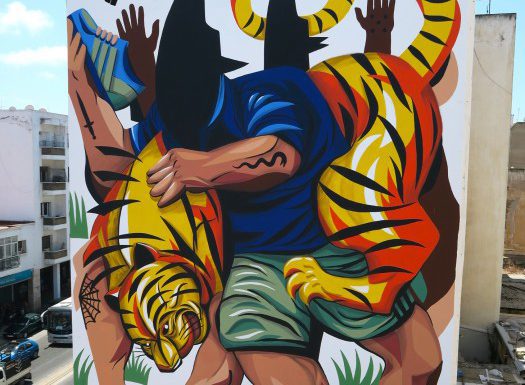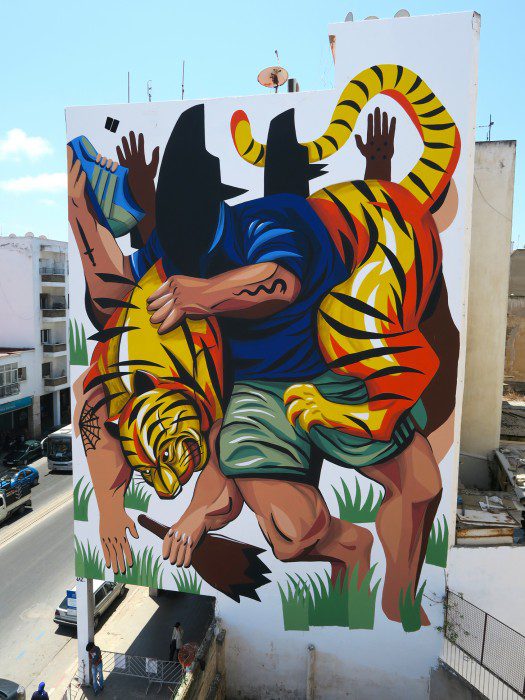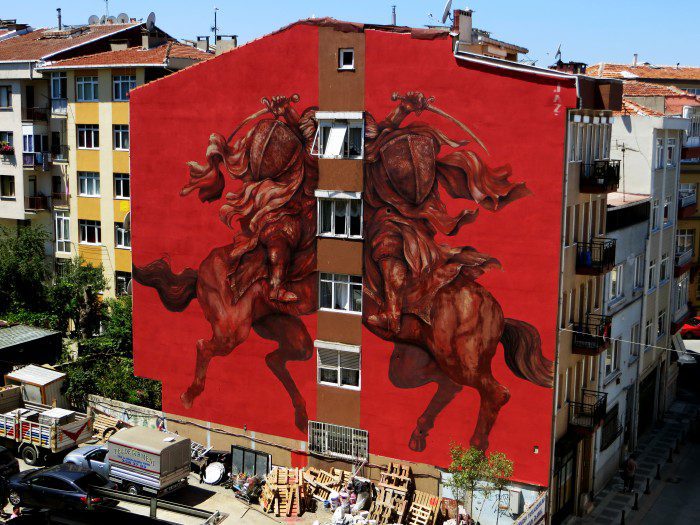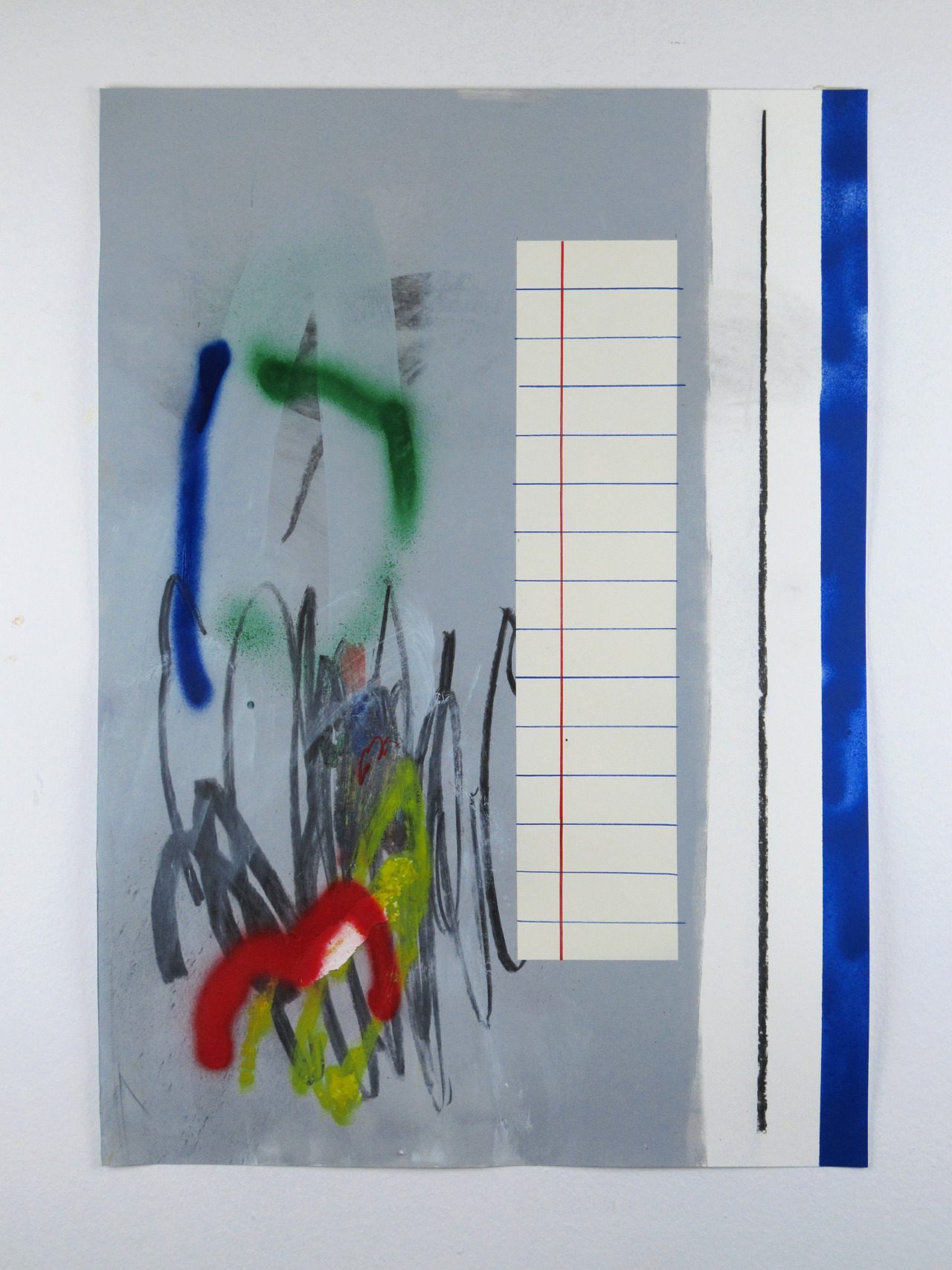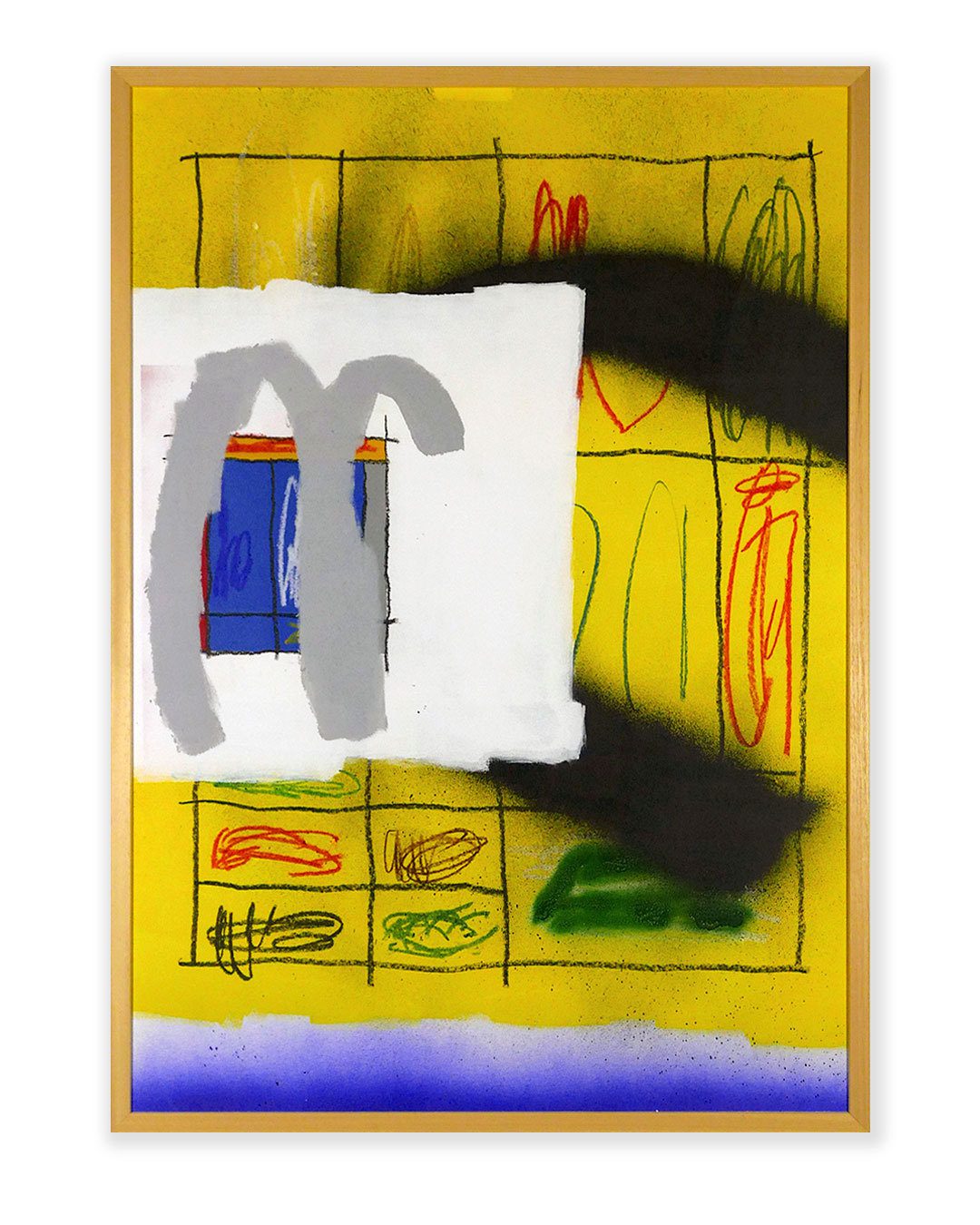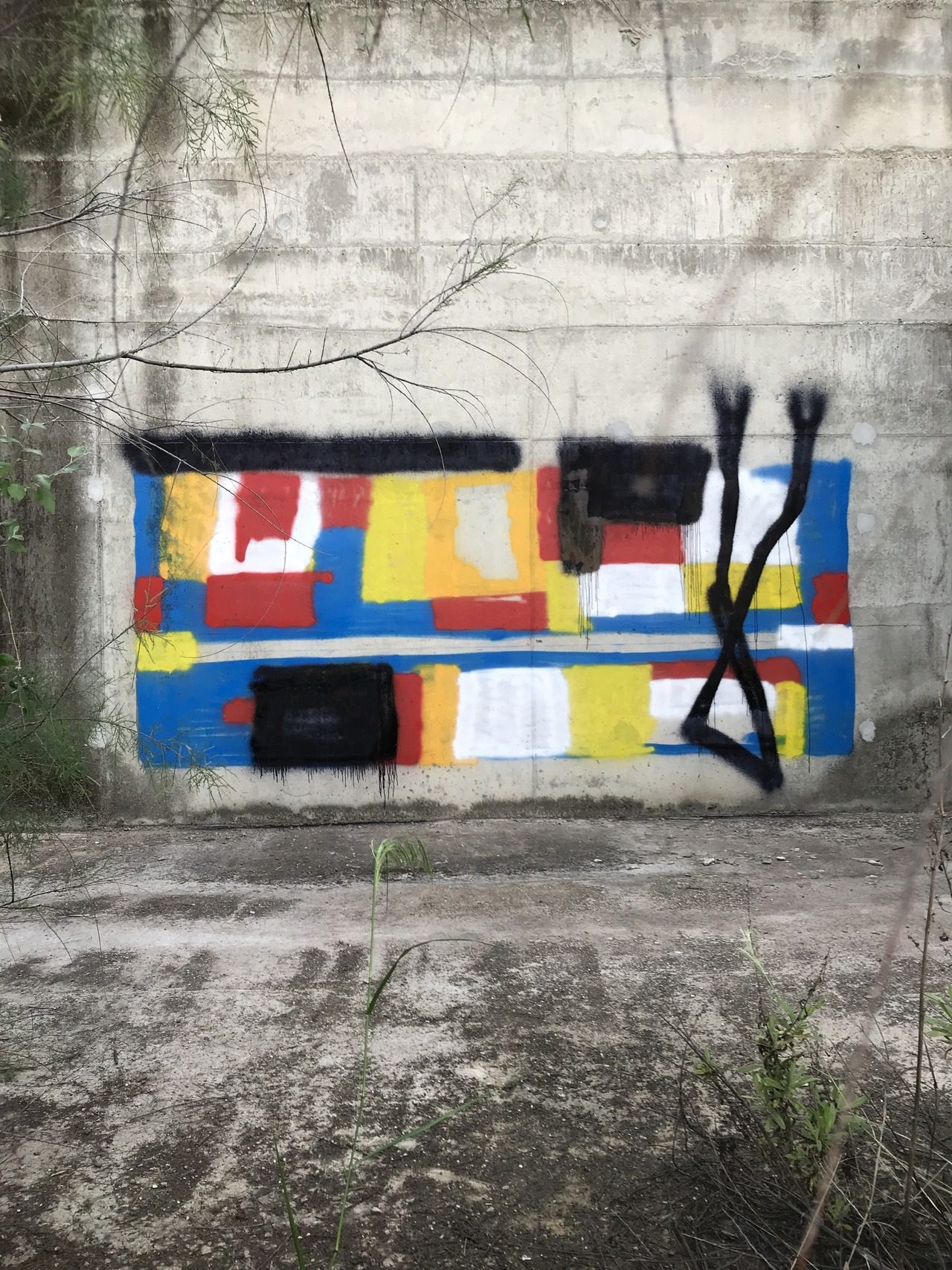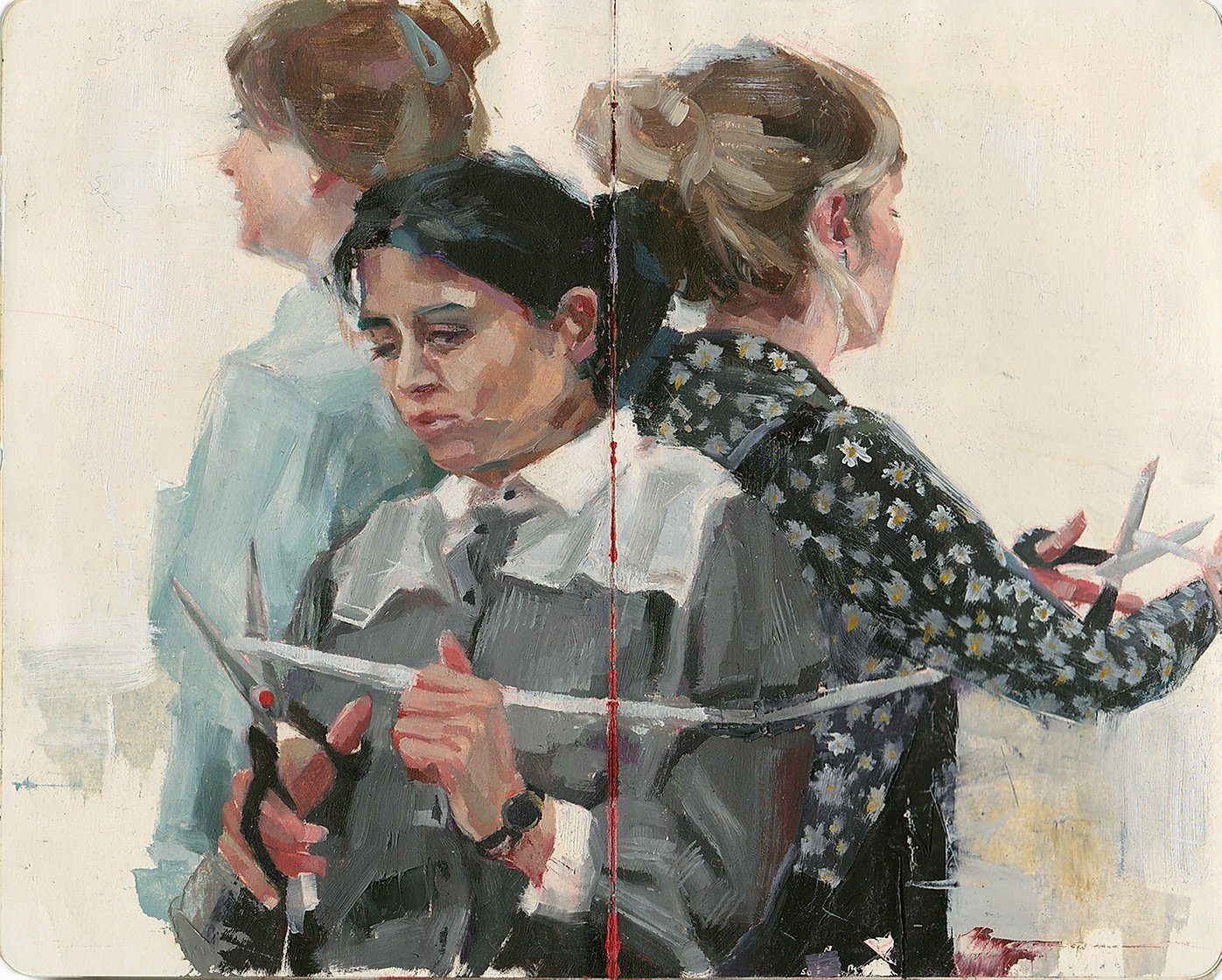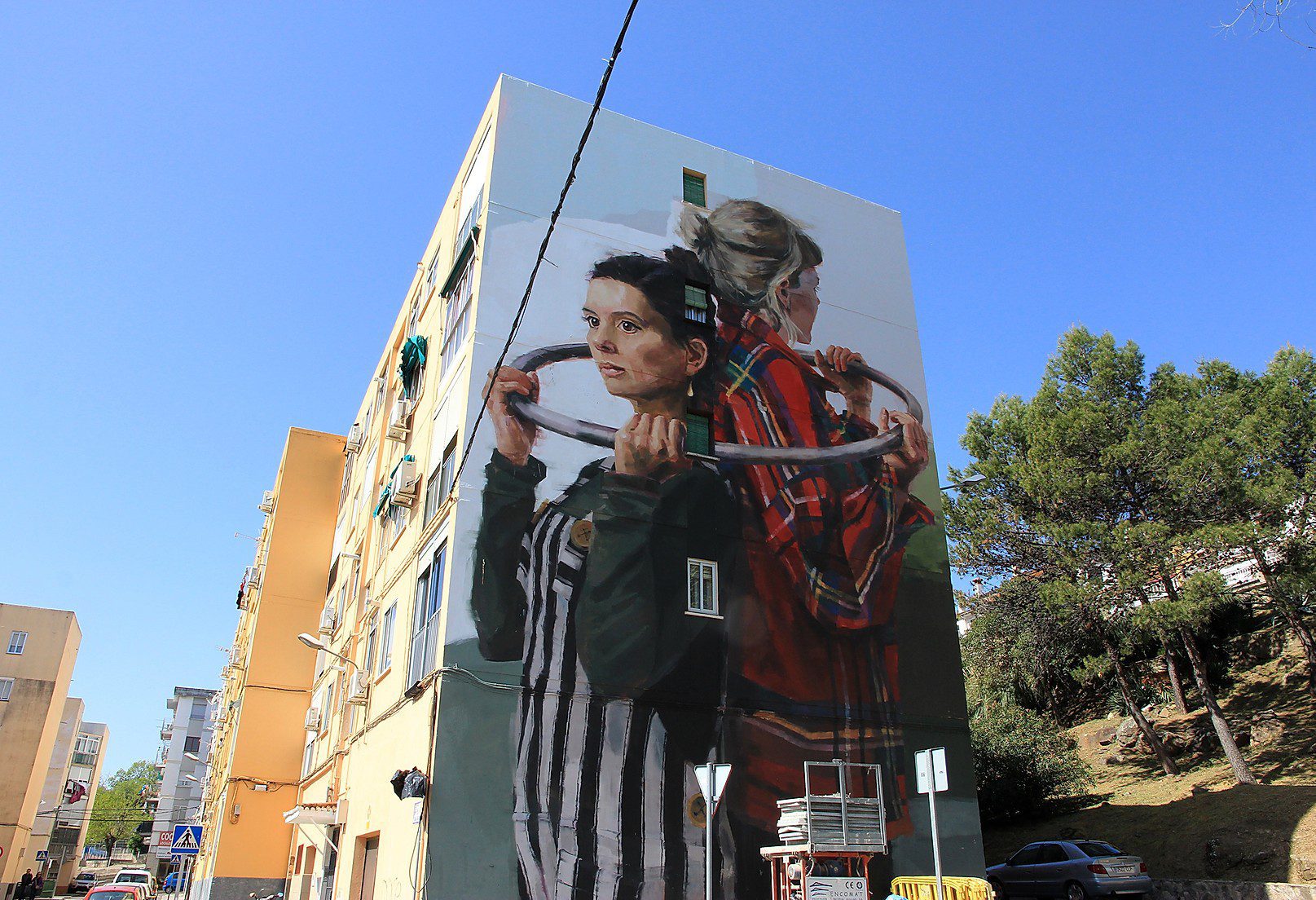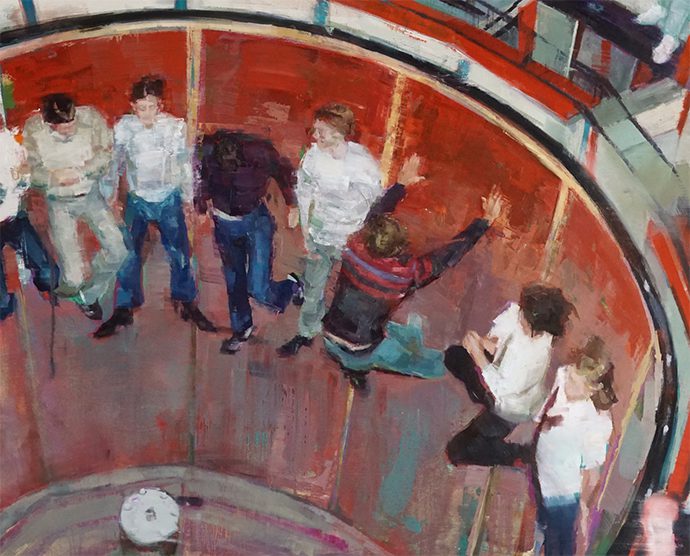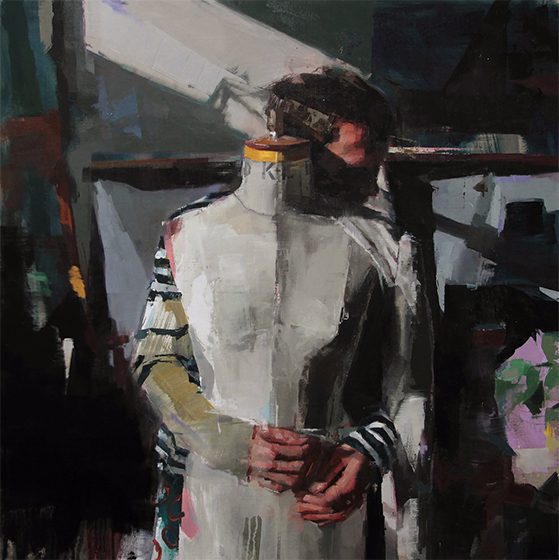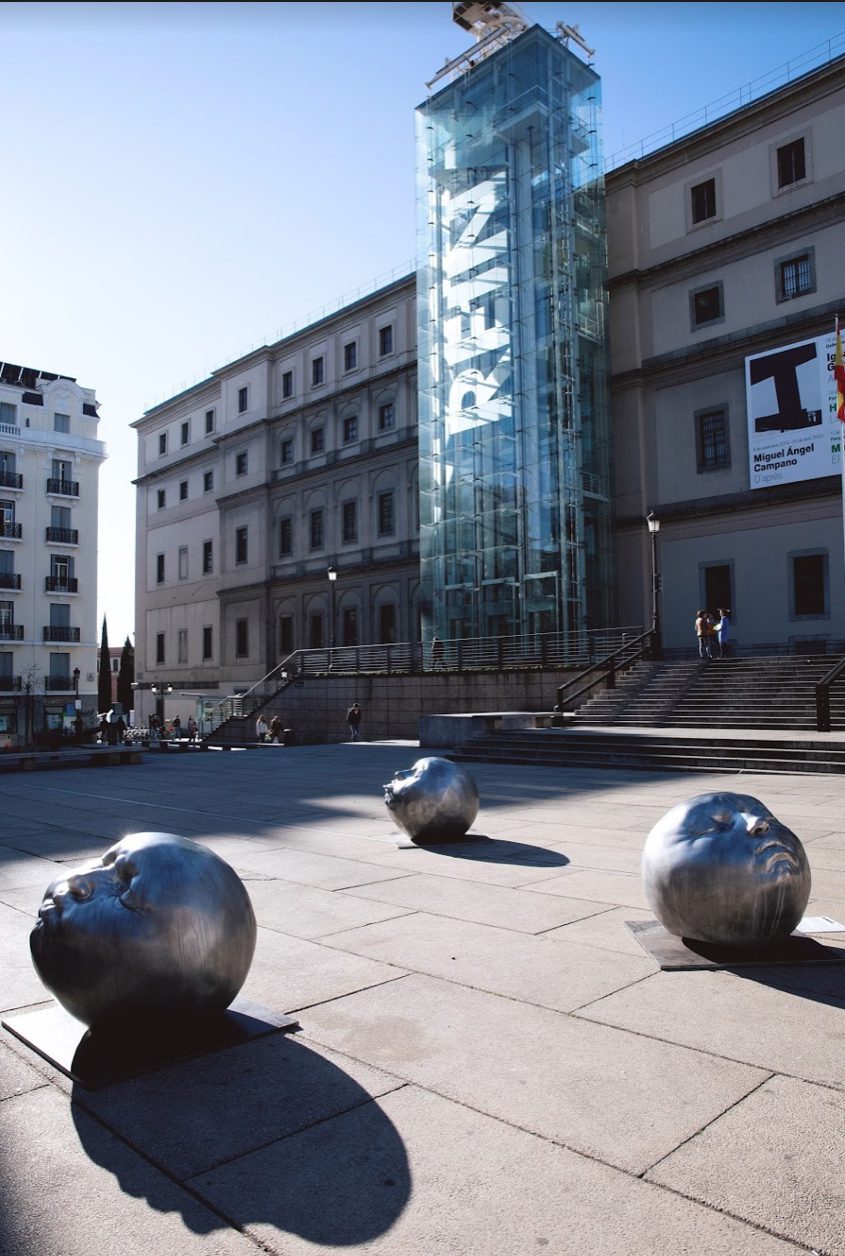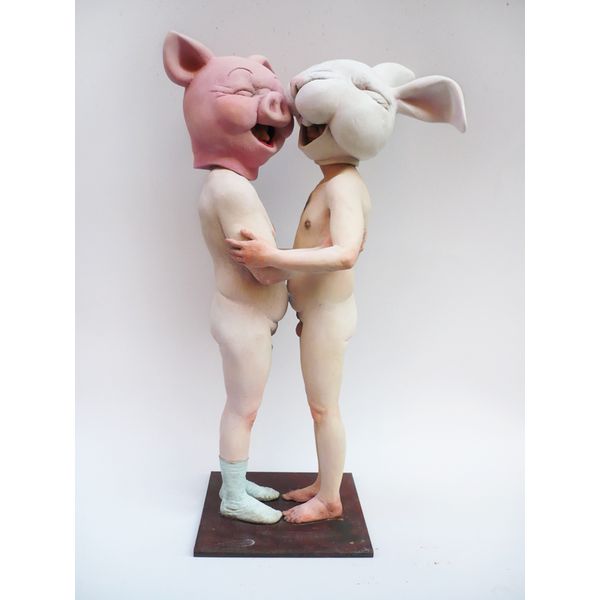We’re back with our cultural recommendations made by artists in Urvanity News. Movies, documentaries, books, podcasts, inspiring artists and other ideas to watch, read and listen in May. The Argentinian artist Franco Fasoli, Sevillian Srger, British Helen Bur and from Barcelona Samuel Salcedo share with us their favorites. Check them out!
Franco Fasoli aka Jaz (Buenos Aires, 1981)
Living in between Buenos Aires and Barcelona, where he resided for several years, the artist and muralist Franco Fasoli expresses himself through large-format walls in the public space, sculptures, collage and paintings where he works with popular symbols and rituals directly connected to the place in question. In the mid-90s, the streets were his canvas and playground for experimentation and together with his training in scenography, they marked his later work in which he played with politically charged scenes that cross his country, reflections on dominant cultures, mass consumption or the individual and collective identity. We saw him last February at the Italian Magma Gallery booth during the New Contemporary Art Fair, Urvanity Art 2020.
«“Patricio Rey y sus Redonditos de Ricota” is an Argentinian cult music band, probably the most important band of the country, it’s just not really known abroad. They splitted up at the end of the 90’s and during my whole youth I really hated them, in a very exaggerated way actually. Not too long ago, I decided to listen to them and now I just can’t stop. I would even say I’m one of their biggest fans right now! Also, and going back to my hip-hop roots, I would recommend the rapper from Seattle Shabazz Palace, I got to know him randomly and I like the way he opens up his rap music to other sound mixes.
I just read “Facundo”, which, like the “Redonditos de Ricota” is one of the most important books of Argentinian literature. It’s from the middle of the 19th Century and it’s about a leader of the time, becoming all the bad things Argentina suffered during this time. It’s about how this proto-country was, based on this historical character. Actually, a big part of my body of work is based on Argentina’s history. The book it’s a bit dense, because of the ancient writing style but it’s really interesting. I also read “History of women, history of art” by Patricia Mayayo, an essay about the place of women in art history, who they were, historical references from the first registers of the contemporary and the mechanisms history used to erase them.
In these last couple of month I saw tons of movies and documentaries. When I am by myself I watch three or four a day. I will stick to “The Story of Film” a 15-chapters documentary featuring the most interesting directors who changed the way of making cinema, actors, the international industry… It’s really, really good! Dense, but impressive. Also, the Argentinian documentary “Mujer Nómade” by Martín Farina about Esther Díaz, a philosopher and professor with a very particular story.
There are a couple of artists whose work I follow closely, maybe because Instagram’s algorithm wants it to be this way. Pablo Benzo, a Chilean friend based in Berlin that comes from graffiti. I like how he takes any cubist painting and transforms it into something contemporary. Also, Dalton Gata, a very particular figurative painter. Daniel Santoro is a reference in Argentinian painting, I like how this artist takes references from the Argentinian history and politics and develops a whole language around it.. There are a couple of Spanish artists that I like. Rubén Guerrero from Sevilla, is in this limbo in between abstract and figurative… Seeing his work live is mind blowing! This game he plays, how he borders the pure language of a painting that at first sight is abstract but that actually has a lot of figurative references. I love how he paints. Together with Pere Llobera and Ana Barriga they are the ones I like the most».
Sergio Gómez aka Srger (Seville, 1983)
Srger moved from writing graffiti letters to painting, photography, installations, and video art without ever losing sight of his origins. An observer of great sensitivity, in his work he deciphers everyday life through the abstract figure and the use of primary colors that allude to the most primitive meanings in a delicate compositional game that he develops both on canvas, ceramics and muralism. If you look closely, you will find his subtle imprint on the streets of Seville or Madrid with the line representing the smallest expression. We were able to see his work represented by Swinton Gallery during Urvanity Art 2020.
«During this time of confinement I have found several references that have marked me, finding a few points in common among them. One of it is Peter Fischli and David Weiss’s film “Der Lauf der Dinge” in which they document a series of events through a chain of objects, similar to the concept of the Rube Goldberg machine. Both aesthetically and its background seem to me to make a genius piece out of it. It gave me a lot to think about and I finally came out with an artwork based on the concept that extrapolates this type of experiments.
“Oleg and the rare arts” has been one of the documentaries that I liked the most lately. It narrates the life and career of Oleg Nikolaevich Karavaichuk, a unique being, who has stayed separated from everything and with a life dedicated to the piano. Another documentary that I recently watched and think many graffiti writers will love is “The Hidden City.” It’s about life in Madrid’s underground channels: tunnels, passageways, cables, pipes and a super dark atmosphere under the city floor.
Through a friend I discovered the work of Roman Signer, a Swiss artist who bases much of his work on performance and ‘land art’. There are many videos about his work on YouTube, I’ve been watching them on a loop for a few days.
I found an interview with Wilfredo Prieto for the Metropolis series. I am fascinated by his work and his way of exhibiting it, I got to know his work in 2015 during S.M.A.K Ghent, where I bought a catalog that contained his work up to that moment. These days I took the chance of returning to this book and analyze each project more carefully.
The last book I’m reading with enthusiasm is “Escritura en Libertad”, an infinite catalog of experimental poetry combined with other 20th century arts generated in Spain and Latin America. A compilation of many artists, among whom I discovered José Luis Castillejo, a Sevillian writer, poet and painter».
Helen Bur (United Kingdom, 1990)
Not even yet on her thirties, British artist Helen Bur is one of the most prominent figurative artists and moves in between large format muralism in the public space and her studio work. The brush, roller and plastic paint are her main weapons on the street, and the oil paint the one she uses on her portraits to gives life to the emotions of the characters that appear in them, evoking also social themes related to contemporary history. Texture, extreme sensitivity and a captivating realism describe her work, that we were able to see earlier this year at the La Causa Galería stand also at the last edition of the fair Urvanity Art.
«I adore “The Living Trilogy” by Swedish filmmaker Roy Andersson: ‘You, the Living’, ‘Songs from the Second Floor’ and ‘A Pigeon Sat on a Branch Reflecting upon Existence’. They are these wonderful compilations of shorts; slow, absurd and melancholic in their muted colours and lack of resolve. They really give a platform to the beauty in the mundane whilst also being filled with meticulous satire, comedy and the bizarre. In many ways they are closer to being paintings than films, carefully constructed compositions, with countless brilliant moments of failure. I would also recommend the work of the British documentary filmmaker Adam Curtis. It’s been around for a few years now, but his most recent film “Hypernormalisation” is an epic, sprawling piece of cinema. He is a master mind-bender and moving-collage maker.
Two books of poems, unrelated but both by contemporary poet/spoken word performers Kate Tempest – “Holy Your Own” and “Buddy Wakefield’s Stunt Water”. They have been two of the most emotionally arresting performers I’ve been lucky enough to see. The books are wonderful, but if either of these two happen to be coming through your town after the apocalypse, make sure you catch the show. Research for my work has led me to start reading “Playing and Reality” by Winnicott which I’d recommend as a fascinating look into child psychology and how our perception develops early on in relation to the internal and external worlds and how we develop an understanding of reality.
In music, over the last year or so I’ve got really into the young London Jazz scene, people like Sons of Kemet, Moses Boyd and The Comet is Coming. When I’m focusing on admin or research based work I need non lyric based sounds, at the moment I’ve been digging Marisa Anderson, an awesome guitarist and composer from Portland. My number one go-to for maximum chill is always Nils Frahm. If you’re a radio fan, I’d recommend BBC 3’s “Late Junction” filled with beautifully strange experimental musical discoveries.
When I’m in full flow of a painting I can listen to talks, recently a friend turned me on to the philosophy lecturer Wes Cecil, who has some very palatable musings on everyday philosophy – I’d start with “The Humane Arts” and “The Transvaluation of All Values” series. Marc Maron’s WTF podcast where he talks to everyone from John Dwyer of one of my favourite bands, Thee Oh Sees, to other brilliant comedians such as Doug Stanhope and Dylan Moran. He’s a great interviewer».
Samuel Salcedo (Barcelona, 1975)
Samuel Salcedo‘s works aim to emphasize the masked nature of human beings. His sculptures and characters question the viewer with his subtle irony and vulnerability, a work he does with resin, wood, aluminum, bronze and in which he integrates peinture, the discipline with which he began his career. Since 1998 he exhibits in galleries around the world and this year he participated in the Urvanity Art Installation Program together with 3 Punts Gallery.
«I always work with music in my studio, even if I don’t realize it’s there the most of the time. Normally my assistants take over the radio, because they don’t share my music taste, which I will say is kind of erratic. Now, that I’m alone in the studio, I regained control over the device and I like to use it as an excuse to think about the project I’m working on in that moment. If I prepare an exhibition for Hannover I play the Scorpions, who are from there. If I go to a fair in New York, the Ramones, Johnny Thunders and the New York Dolls or Beasty Boys. Going to teach some lessons at the Santander University? Jorge Sepúlveda and his homonymous song (he also sings “Qué bonita es Barcelona”, which I listen if I exhibit in my hometown). Miami? Julio Iglesias, of course! Galicia? “Para Vigo me voy” by Xavier Cugat. If you ask me about what I’ve listened to while I prepared my project for Urvanity, it was “Pobre Madrid” by Barón Rojo.
A movie that I really like, because of the way it reflects the creative process and everything that surrounds the art world is “Pécker” by John Waters. I also love the book “Role Models” by the same author, in which he writes about that kind of people that are whatever except for an example to follow. A recommendation for these isolation times and movement limitations are two quarantine examples: one voluntary and a mandatory one. The movie “The Exterminating Angel” by Spanish Luis Buñuel in which a group of bourgeois people are unable to leave a room. The other one “The Invisible Object” by Jean Genet. It’s one of the best ever written books about art and dialogues. A reflection about the artist Albert Giacommeti, a creator who made most of his works in a small studio, which he never left, in spite of the worldwide acknowledgement of his work».

